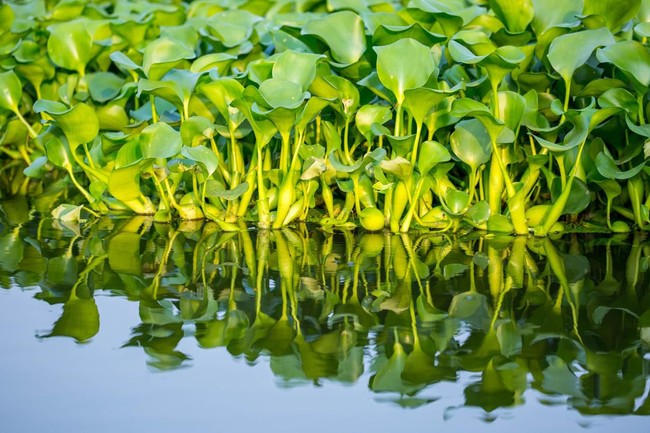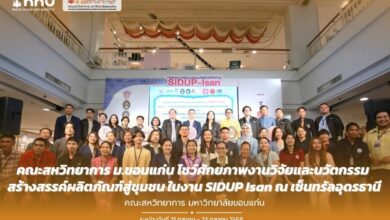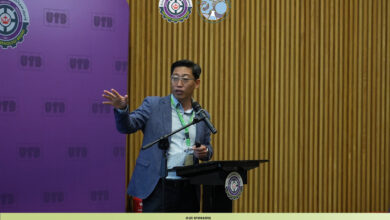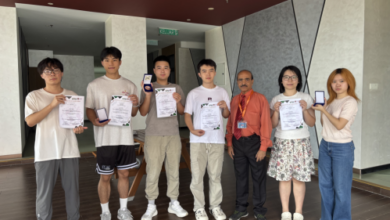Harnessing Water Hyacinth and Microalgae: Natural Solutions for Healing Diabetic Wounds

A team from Universitas Gadjah Mada (UGM) has developed an eco-friendly hydrogel scaffold that utilizes water hyacinth and microalgae, aimed at addressing diabetic wounds. This initiative is part of the Student Creativity Program for Exact Sciences Research (PKM-RE) and targets the growing concerns associated with diabetic ulcers, which can lead to serious health complications if not treated properly.
Materials and Design
The hydrogel scaffold is designed to mimic tissue structure and incorporates cellulose derived from water hyacinth, a biodegradable material, as well as biomass from the green microalgae Chlorella vulgaris, recognized for its antioxidant characteristics. Pamastadewi Pryankha Hijrianto, the team leader, indicated that these materials, traditionally considered ecological nuisances, are now being repurposed for healthcare applications.
Multidisciplinary Team
The UGM team comprises students from various disciplines, including the Faculty of Biology, Agricultural Engineering, and Pharmacy, and operates under the supervision of Dr. Tyas Ikhsan Hikmawan. The project aims not only to fulfill healthcare needs but also to generate economic benefits.
Research and Development
Through comprehensive laboratory research, the team formulated the hydrogel using different concentrations of microalgae to improve healing efficiency in diabetes patients. The scaffold demonstrates antibacterial properties crucial for preventing infections from pathogens such as Staphylococcus aureus, which can worsen conditions like gangrene.
Production Process
Lidya Oktaviani detailed the development process, which involved multiple stages, including treating and bleaching dried water hyacinth fibers to extract cellulose and freeze-drying microalgae to create a unique biomass. These methods are intended to produce a sustainable biomaterial that reduces dependency on imported or synthetic alternatives in medical applications.
Quality Assurance
Keanu Saputra Valenka Darmawan, another member of the team, highlighted the importance of quality testing for the scaffold to confirm its effectiveness. The team aspires that their research will pave the way for future industrial uses of eco-friendly hydrogel scaffolds.
Conclusion
This initiative showcases a promising approach to enhancing sustainability in medical solutions while addressing significant health challenges such as diabetic wounds.
(Source: Universitas Gadjah Mada)




